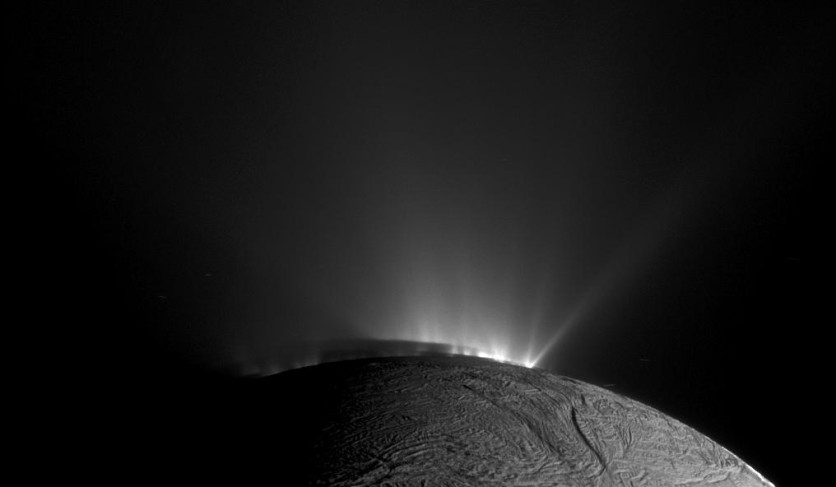Using data that NASA's Cassini spacecraft gathered, scientists have discovered evidence of a "key ingredient for life" at Saturn's icy moon Enceladus.
According to a new study, the presence of hydrogen cyanide was found in the giant plume of ice grains and water vapor spewing from Enceladus. Hydrogen cyanide is a molecule that is key to the origin of life.

Chemical Energy in Saturn's Moon
Researchers analyzing the data from the Cassini mission have also identified a powerful source of chemical energy found in the moon's subsurface ocean. This energy source comes in the form of various organic compounds, some of which serve as fuel for organisms on Earth.
The findings suggest that Enceladus may have more chemical energy than previously estimated, increasing the potential habitability of this intriguing moon.
Lead author Jonah Peter, a doctoral student at Harvard University, highlighted the significance of the discovery of hydrogen cyanide, saying that it is a fundamental molecule for creating building blocks of life and sustaining life through metabolic reactions.
The versatile nature of hydrogen cyanide, described as the "Swiss army knife of amino acid precursors," makes it a crucial component for the formation of amino acids, which are one of the most basic ingredients in life.
Read Also : NASA Hubble Discovers Saturn's Ring System Heats Planet's Atmosphere-A Never-Before-Seen Phenomenon!
Habitability of Saturn's Moon Enceladus
NASA noted that the study's findings add to the growing body of evidence supporting the habitability of Enceladus. The moon's subsurface ocean, hidden beneath its icy outer shell, appears to contain the necessary ingredients for life to thrive.
The detection of hydrogen cyanide, a molecule integral to forming amino acids, further strengthens the case for the potential development of life on this distant moon.
"Our work provides further evidence that Enceladus is host to some of the most important molecules for both creating the building blocks of life and for sustaining that life through metabolic reactions," said lead author Jonah Peter, a doctoral student at Harvard University who performed much of the research while working at NASA's Jet Propulsion Laboratory in Southern California.
"Not only does Enceladus seem to meet the basic requirements for habitability, we now have an idea about how complex biomolecules could form there, and what sort of chemical pathways might be involved," he added.
While scientists are still far from determining the possibility of life on Enceladus, the study's chemical pathways offer valuable insights that can be tested in laboratory experiments.
Despite the end of the Cassini mission in 2017, the spacecraft's observations continue to yield new discoveries and contribute to our understanding of Saturn and its enigmatic moons, particularly the potential habitability of Enceladus.
The research team's findings were published in the journal Nature Astronomy on December 14.
Related Article : Vinyl or Saturn's Rings? NASA Cassini Spacecraft Snaps Crisp Details of Saturn | Fun Facts About the Planet's Rings!

ⓒ 2025 TECHTIMES.com All rights reserved. Do not reproduce without permission.




